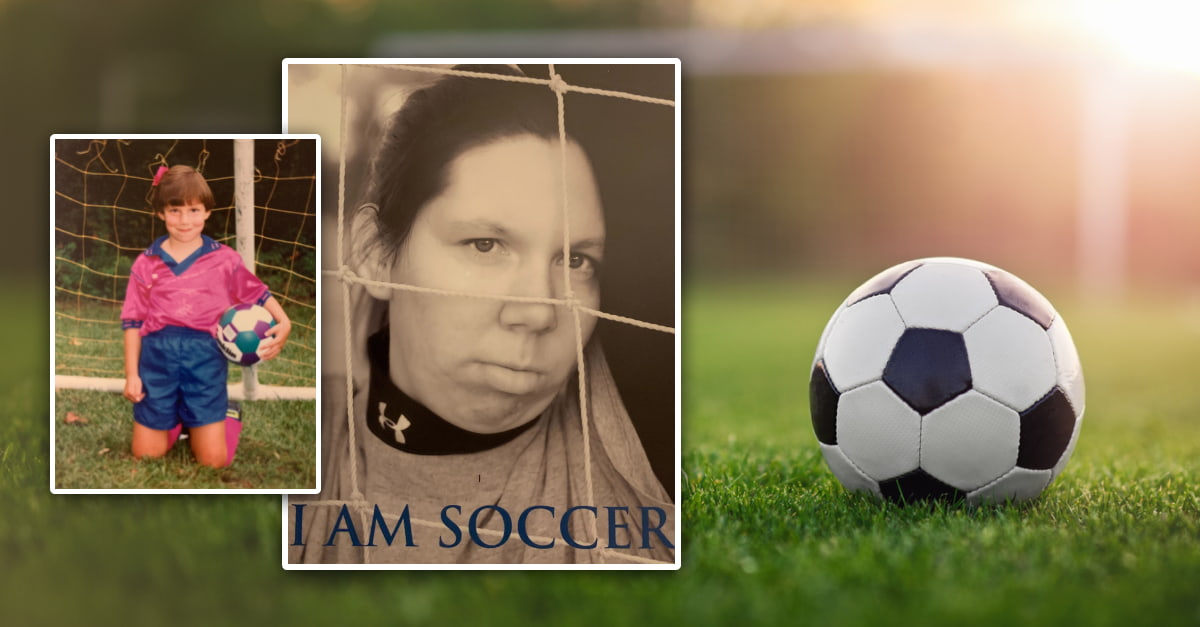My Story Playing Soccer With Cerebral Palsy

I was born with cerebral palsy, a group of neurological disorders that affect motor and developmental skills. Thankfully, I have a mild case.
Cerebral palsy affects an estimated 1 million people in the United States.
However, I still had to overcome many challenges in my life. With cerebral palsy, everyday tasks that come naturally for most are challenges for me. Still, I’ve never let my disability define who I am. Through physical therapy, I have been able to lead a pretty typical life.
Growing up, my parents did not believe in the word can’t. They taught me that, despite my disability, I could achieve whatever I set my mind to.
They taught me the value of determination. They taught me to never give up. I’m eternally grateful for their sacrifices — and for pushing me to achieve whatever I wanted, including soccer.
A Love for Sports From Three Years Old to Now
When I was three years old, my parents signed me up for soccer. They felt the extra physical activity would be beneficial for my health.
As for me, I absolutely fell in love with the sport. I played every chance I got.
However, I quickly realized I had to double my efforts if I wanted to keep up with my peers. My hard work paid off, and I played competitive soccer through high school. I also coached children’s soccer clubs and recreation teams.
Playing college soccer was my next goal. I knew realizing this dream would be challenging — yet I’m happy to report that I did it! I even had the opportunity to try out for the women’s semi-pro Atlanta team and train with some professional women's soccer players.
Cerebral Palsy Sports: More Than Just Physical Therapy
Experts frequently mention the importance of children participating in team sports to help them boost self-confidence and social skills. This, of course, also applies to children with disabilities.
One study in Brazil looked into the benefits of cerebral palsy sports. The study found that children who participated in adaptive sports for cerebral palsy experienced improved mobility, relief from pain, and reduced symptoms from coexisting conditions like ADHD.
However, many families may be scared to find sports programs that will be a good fit for their children. If my experience tells you anything, let it be that the feeling of fear is nothing compared to the feeling of pride once you’ve achieved something unexpected.
Helping Others With Cerebral Palsy
All the struggles and each accomplishment have led me to my current goal and passion — helping others with cerebral palsy as a Patient Advocate for Cerebral Palsy Guide.
From helping families find legal resources or treatment options, our team works diligently to reach as many families as possible to give every child a chance at a happy life.
I wish this incredible resource and community had been around when I was a kid. My parents would have had an easier time helping me manage my disability. Thankfully, it’s here now.
Just like my parents, I will never give up and will always believe in the families we serve. If you or a friend or family member needs support, Cerebral Palsy Guide is here — and so am I. Contact us at (855) 220-1101 now to see how we can help you.

